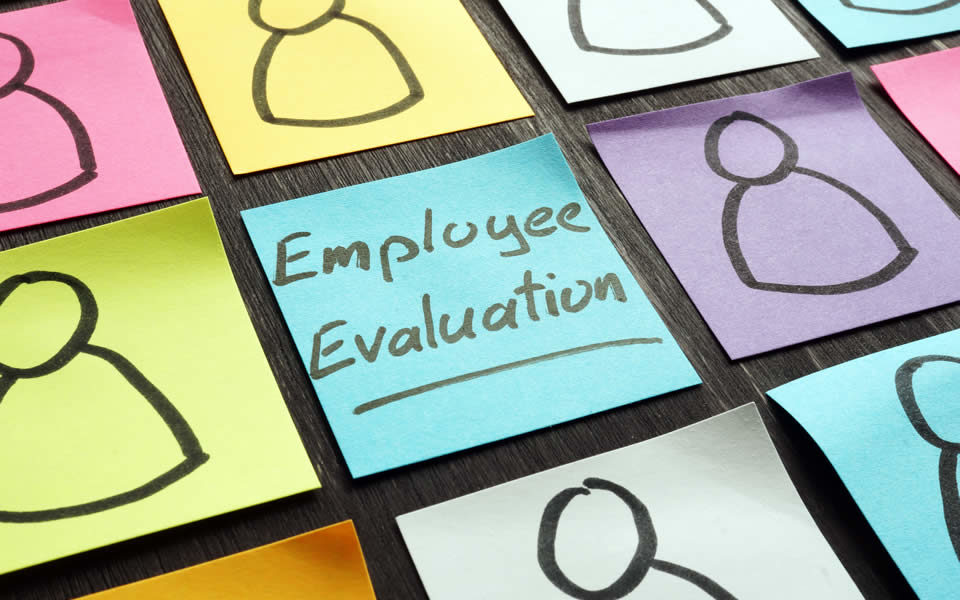Managing Employee Performance during a Pandemic
By Simone Putnam, SPHR, SHRM-SCP, Partner-in-Charge, Managed Human Resources
We are in the throes of month nine of the Coronavirus pandemic. My measurement period starts on the day I refer to as “the day we were all sent home.” For Marcum team members, that day was Monday, March 16, 2020. For many organizations and most U.S. schools, the official “sent home” day was Friday, March 13, 2020.
While some days it may seem like we are stuck in the Spring of 2020…waiting for the virus to go away so we can all get back to life…the reality is that we are deep into the virtual workforce. When the pandemic required that we observe stay at home orders and adapt to a new way of working, communicating and living, many aspects of life temporarily disrupted employees’ ability to be fully present at work on the same schedule as pre-COVID. I wrote an article earlier this year about navigating this disruption with compassion.
Many organizations implement a probationary 90-day period for new team members to acclimate to a new position. The length of time we have been in a disrupted way of life due to the pandemic is equal to three probationary periods. Yet, many organizations are still struggling with the balance of being sensitive and accommodating to individual employees’ unique challenges resulting from the pandemic and holding employees accountable for meeting the same level of performance expected pre-COVID. None of us has the same ease in approaching work as we did pre-COVID, yet organizations still require their employees to deliver the same high level of performance, regardless of the challenges.
For the past nine months, I have seen organizations provide additional support in the form of equipment, furniture, stipends, adjusted work schedules, and more, so employees could perform their jobs well despite the pandemic. Yet we still frequently receive calls from clients regarding employee performance deficiencies where employees cite pandemic-related challenges as reasons they are not meeting performance expectations. So what do organizations do with cases such as these?
I recommend an honest conversation between the supervisor and employee to discuss the following:
- The specific performance expectations that are not being met.
- Pandemic support provided to the employee.
- Whether additional reasonable accommodations can be made that would allow the employee to meet expectations.
- Outline what success looks like and a timeline for holding the employee accountable for meeting success metrics.
Organizations are finding that some performance deficiencies highlighted in a remote working environment previously existed, while others began during the new work from home protocol. Regardless, organizations should hold all employees accountable for meeting performance expectations. The downside of not holding employees accountable are numerous and include reduced effectiveness of the organization as a whole, possible decrease of morale among the organization’s high performers, and potential damage to the organization’s reputation.
While most, if not all, of the strongest and most successful organizations put a high priority on the employee experience, a positive employee experience does not substitute for individual accountability in meeting performance expectations. Most nonprofit organizations strive to extend the same care and sensitivity to their team members as they extend to the clients they serve, but the only way that organizations can achieve their missions is if they prioritize individual team member performance accountability on the same level as compassion, care and sensitivity.
Marcum’s Managed Human Resources Services team is here to support organizations with any HR needs that arise during this time of crisis and beyond. If we can be of assistance, please reach out to the partner in charge, Simone Putnam at [email protected].




















